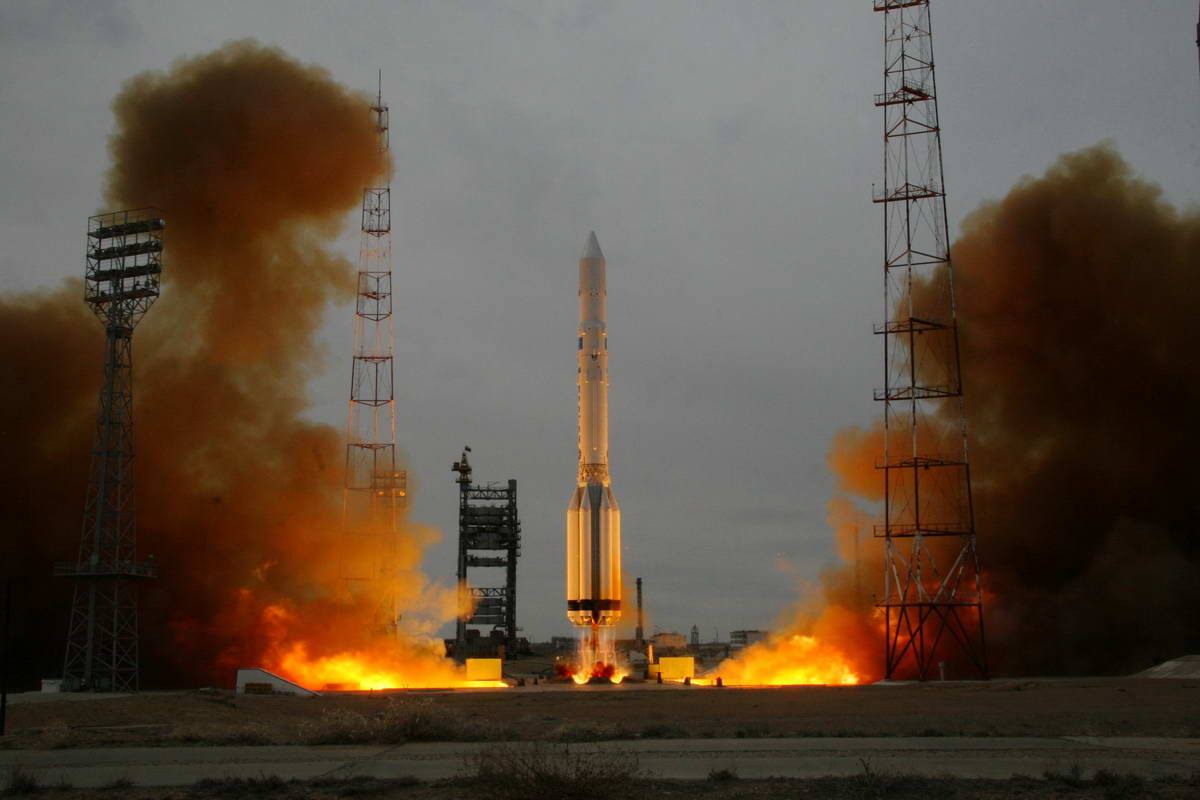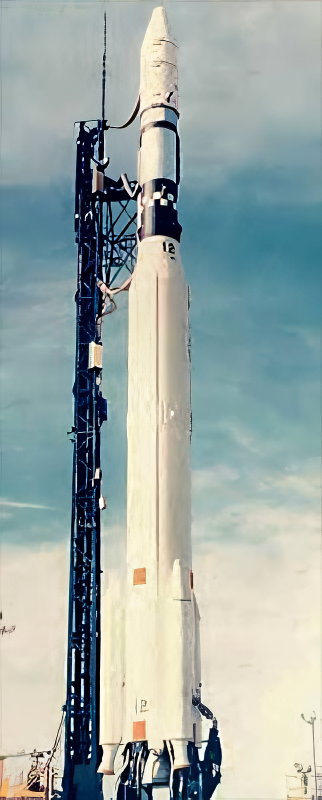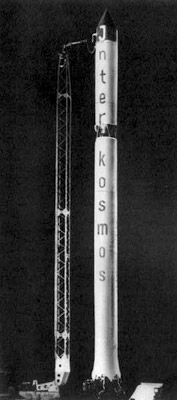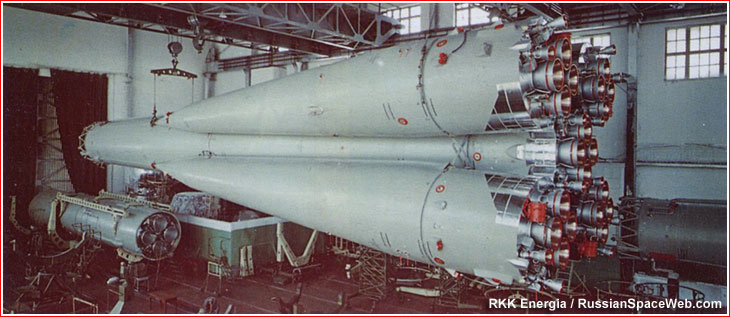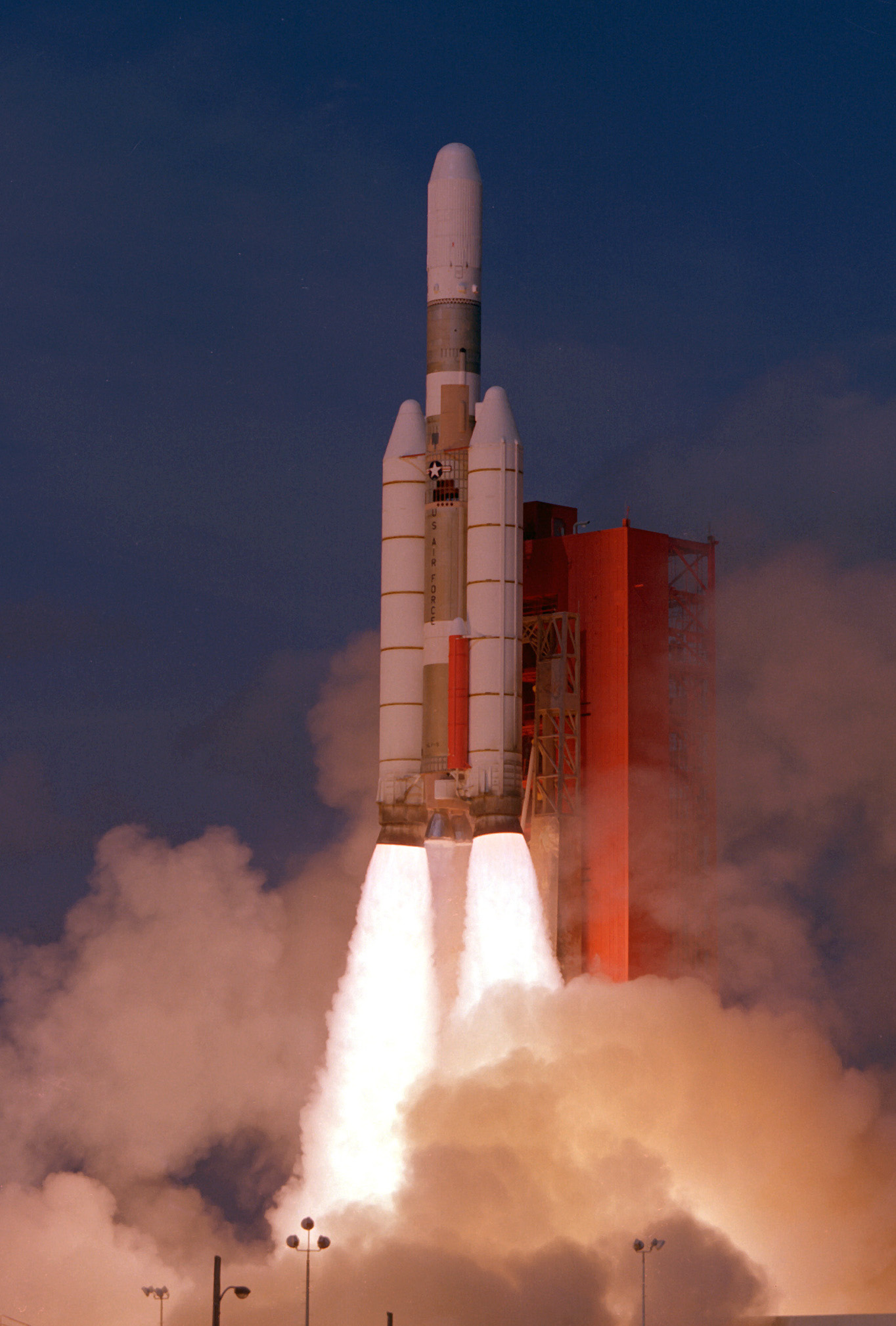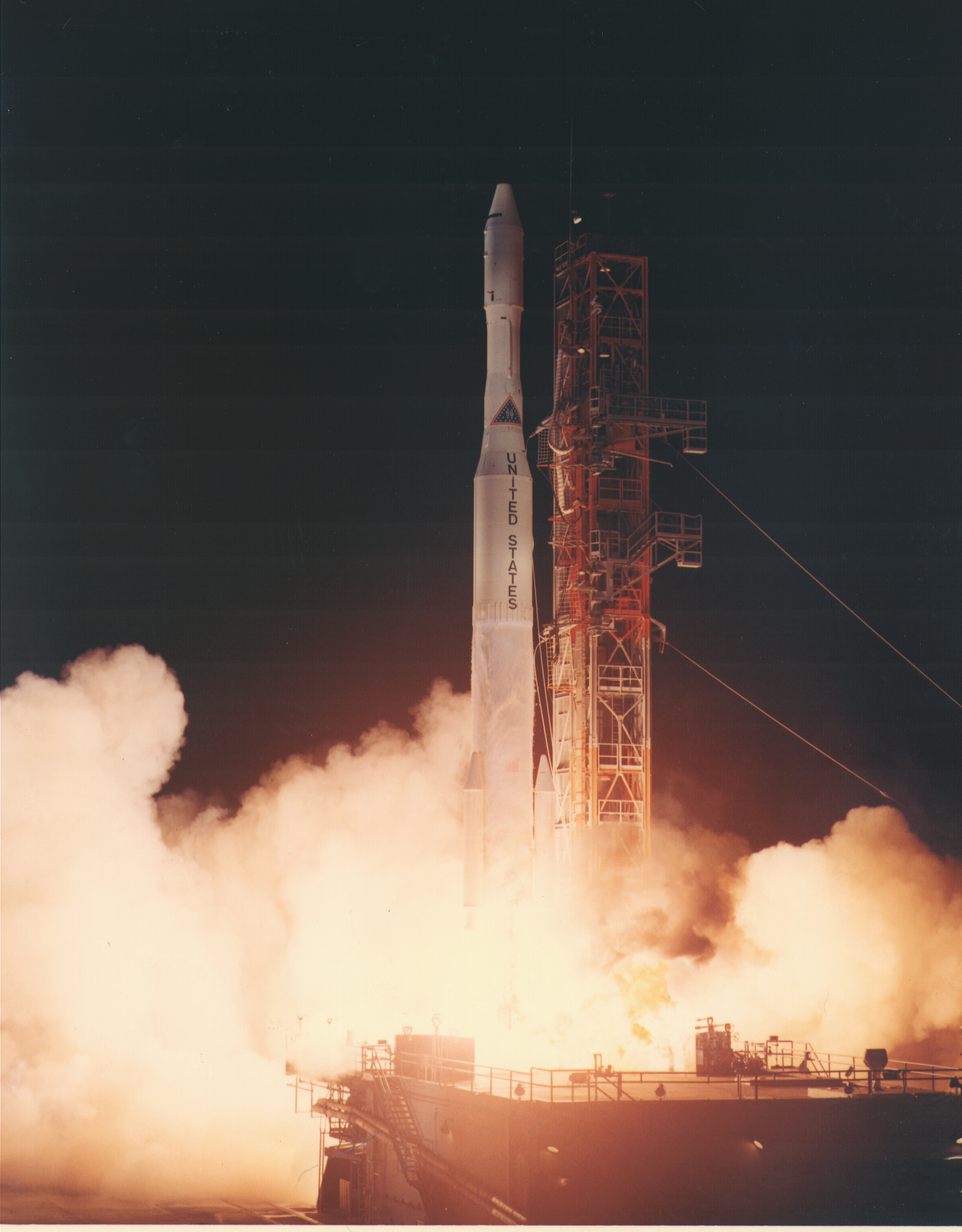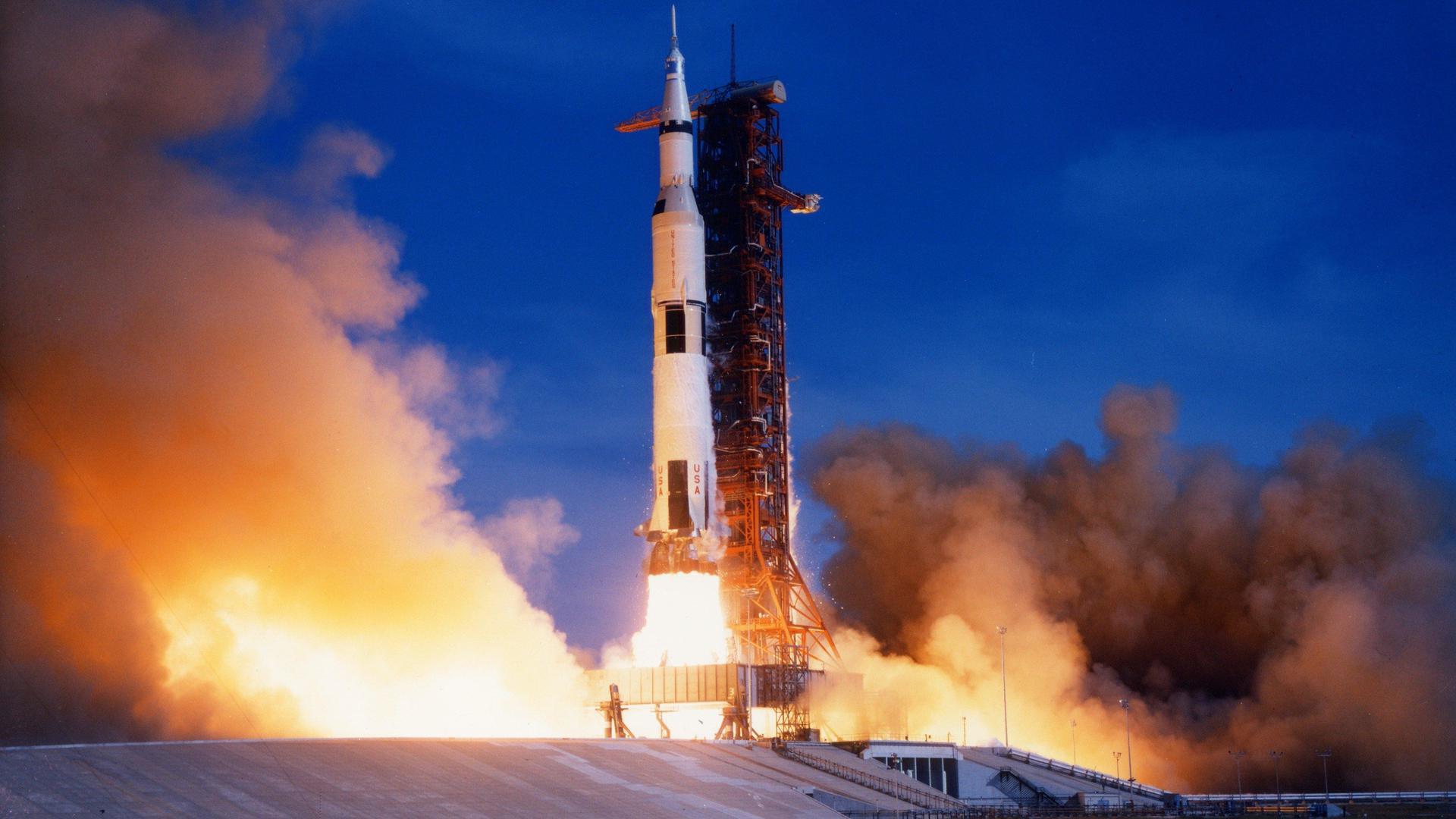Previous Spaceflight Launches
Filter by Agency, Locations or Vehicles
Show All LaunchesProton | Luna-15b
Russian Federal Space Agency (ROSCOSMOS) | RussiaBaikonur Cosmodrome, Republic of Kazakhstan
June 14, 1969, 4 a.m.
Thorad SLV-2H Agena D | OGO 6
McDonnell Douglas | United States of AmericaVandenberg SFB, CA, USA
June 5, 1969, 2:42 p.m.
Titan IIIB | KH-8 22
Lockheed Martin | United States of AmericaVandenberg SFB, CA, USA
June 3, 1969, 4:49 p.m.
Kosmos 11K63 | DS-P1-Yu 22
Strategic Rocket Forces | RussiaPlesetsk Cosmodrome, Russian Federation
June 3, 1969, 12:57 p.m.
Voskhod | Zenit-4 58
Soviet Space Program | RussiaBaikonur Cosmodrome, Republic of Kazakhstan
May 29, 1969, 6:59 a.m.
Kosmos 11K63 | DS-P1-Yu 21
Strategic Rocket Forces | RussiaPlesetsk Cosmodrome, Russian Federation
May 27, 1969, 12:59 p.m.
Titan IIIC | Vela 5A & 5B
Lockheed Martin | United States of AmericaCape Canaveral SFS, FL, USA
May 23, 1969, 7:57 a.m.
Thor Delta M | INTELSAT III F-4
McDonnell Douglas | United States of AmericaCape Canaveral SFS, FL, USA
May 22, 1969, 2 a.m.
Status: Launch Successful
Mission:
The Intelsat 3 spacecraft were used to relay commercial global telecommunications including live TV. Three of the 8 satellites in the series (F1, F5, F8) were unusable due to launch vehicle failures, and most of the remainder did not achieve their desired lifetimes.
Geostationary OrbitVoskhod | Zenit-4 57
Soviet Space Program | RussiaPlesetsk Cosmodrome, Russian Federation
May 20, 1969, 8:40 a.m.
Saturn V | Apollo 10
National Aeronautics and Space Administration | United States of AmericaKennedy Space Center, FL, USA
May 18, 1969, 4:49 p.m.
Status: Launch Successful
Mission:
Apollo 10 was Command by Thomas P. Stafford, Command Module Pilot John W. Young, and Lunar Module Pilot Eugene A. Cernan. This mission was a F Mission which means a dress rehearsal for the upcoming Apollo 11 Mission that would be the first crewed mission to land on the moon.
Lunar Orbit